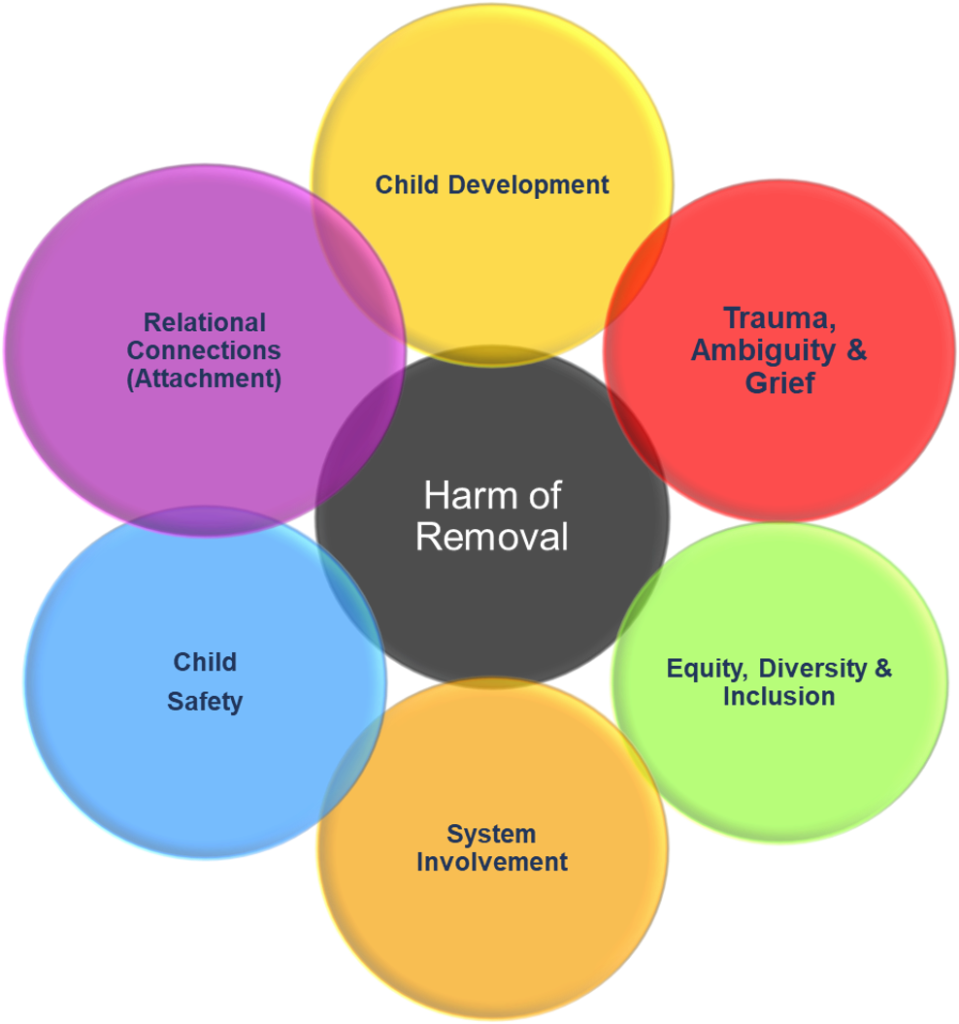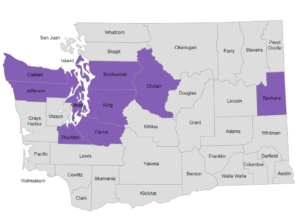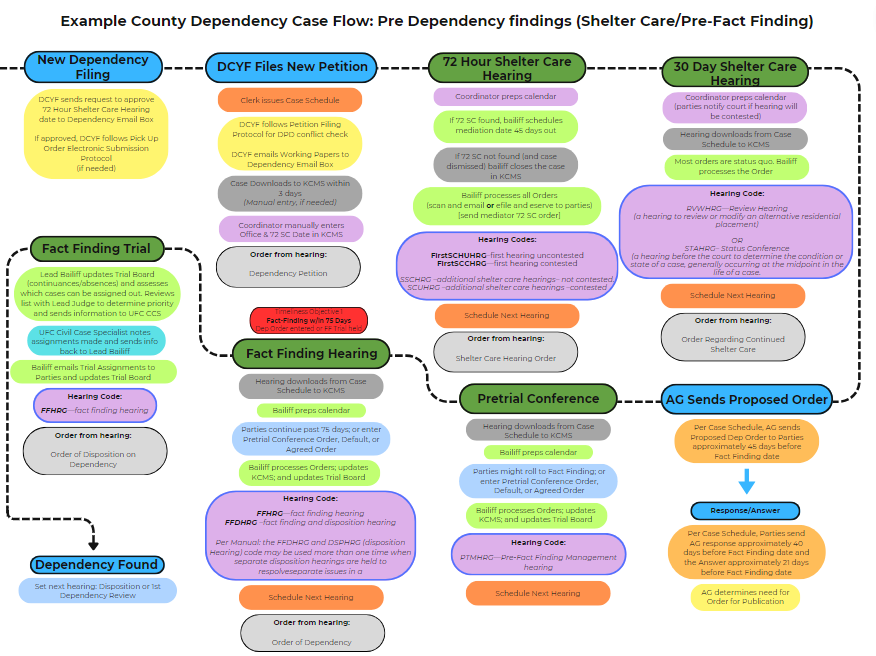Harm of Removal in Child Welfare
“Harm of removal” is a blanket term the encompasses the multiple ways a child may be negatively impacted by being forcibly separated from their family. Removal is extremely disruptive to a child’s neurological and socio-emotional development, and, for most children, it is a completely unexpected experience. In addition to the distress of being separated from family, removal disrupts the child’s connections to other important people, places, and things including other relatives, friends, pets, and possessions. While there are certainly cases where removal is necessary, study after study has demonstrated that children suffer complex and long-lasting harms when they are removed from their parents and placed into foster care. Depending on the particular circumstances of the family, removal and placement into foster care results in far worse life outcomes for children than they would have experienced from the abuse or neglect happening in the home.
The child welfare system has historically underestimated and undervalued the enormous detrimental impacts of removal to children and have largely failed to recognize that even temporary separation can result in irreparable damage. Due to the child welfare system’s long history of erring on the side of removal, taking children from their parents has long-been considered the better and safer course of action. In fact, the bond between children and their parents is extremely important and disrupting it has detrimental, long-term emotional and psychological consequences to children.
“To pretend that separated children do not grow up with the shrapnel of this traumatic experience embedded in their minds is to disregard everything we know about child development, the brain, and trauma.”
-DIANA SINOPOLI, AMERICAN ASSOCIATION FOR MARRIAGE AND FAMILY THERAPY
Tools & Training
Harm of Removal Map
This ever-evolving concept map shows different life domains to consider when assessing the likely harms of removal to a child.
Guidance for Courts: Harms of Removal Across Stages of Child Development
This set of guidance provides an in-depth look into the specific harms of removal that children are likely to experience given their developmental stage
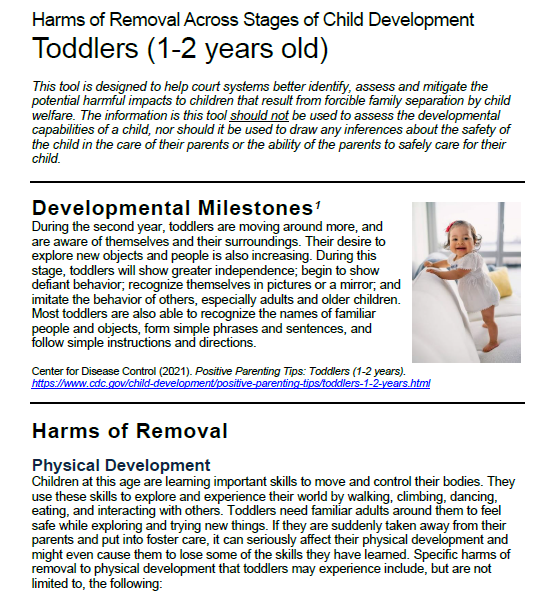
Request Harm of Removal Training
This training is available as a 60-minute or 90-minute live webinar designed for dependency courts and system partners in Washington State. Contact us to learn more.
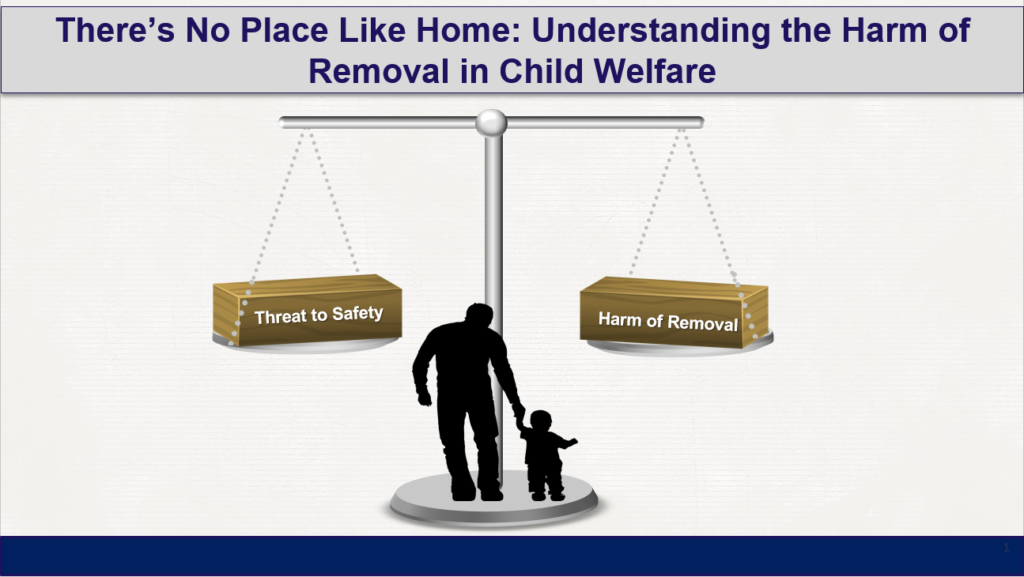
Webinar Recording
Watch recording of the 2024 “There’s No Place Like Home: Harms of Removal and Family Separation in Child Welfare” webinar.
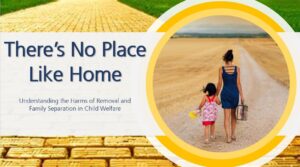
For questions related to the harm of removal work at Family & Youth Justice Programs (FYJP) please contact Laura Vogel at laura.vogel@courts.wa.gov


